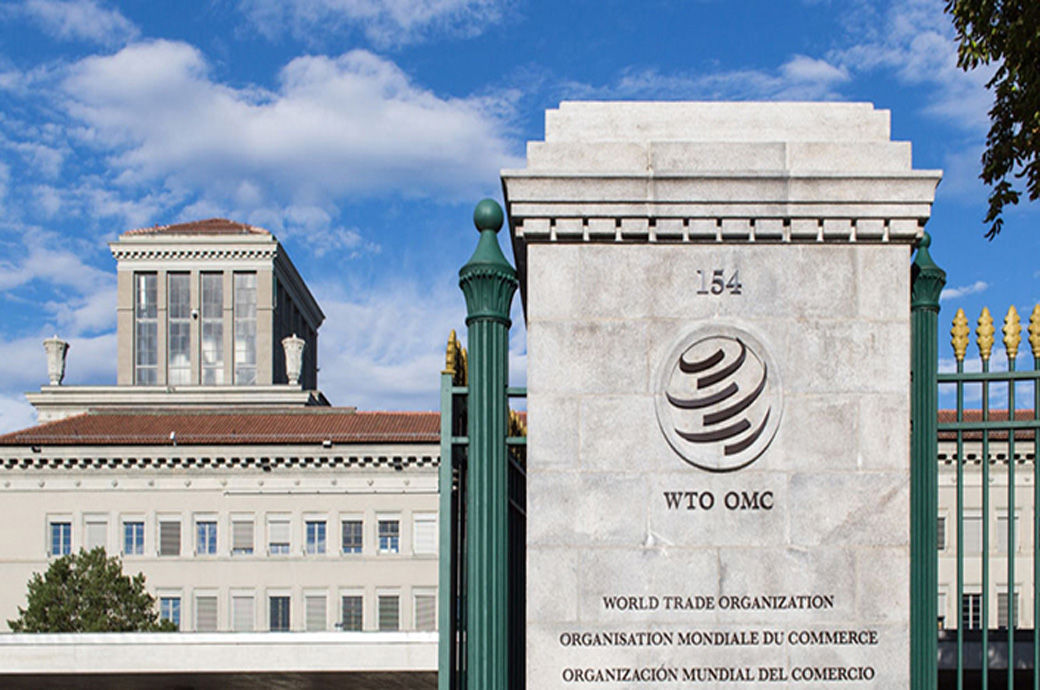

The positive trade performance of countries dependent on imports from Ukraine and Russia was facilitated by their ability to switch their import supply to unaffected economies, it said.
For the longer-term outlook, new WTO simulations show the importance of strengthening the multilateral trading system, with least-developed countries likely to be hardest hit if international cooperation were to break down.
The simulations modelling the long-run scenario of a decoupling of the global economy into two rival blocs show that the opportunity cost of moving to geopolitical rivalry is estimated at 8.7 per cent of real income at the global level, varying between 6.4 per cent for developed countries, 10.1 per cent for developing countries and more than 11.3 per cent for least developed countries.
Ukraine’s exports collapsed by 30 per cent in value terms last year. The drop was relatively consistent across trade partners, although some neighbouring countries, such as Hungary and Poland, increased their imports from Ukraine.
Increases in prices led Russia’s exports to expand by 15.6 per cent in value terms, but estimates suggest that Russia’s export volume might have slightly declined.
The relative restraint by WTO members in imposing export restrictions likely played a key role in keeping price increases in check, the WTO note said.
Fibre2Fashion News Desk (DS)